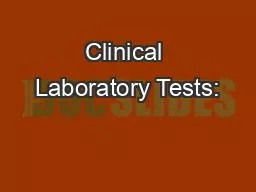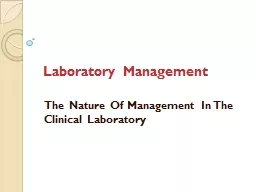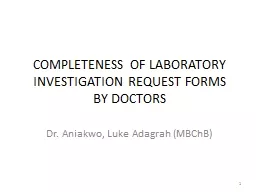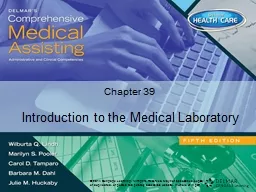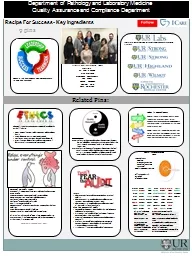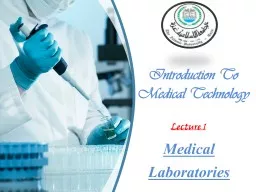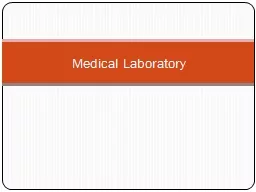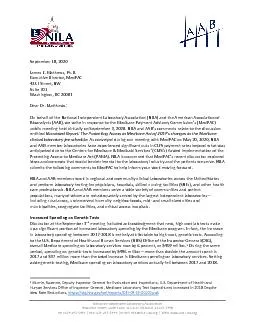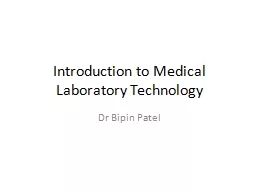PPT-Clinical Laboratory Tests:
Author : finestlaxr | Published Date : 2020-10-01
Which Why and What Do The Results Mean 2018 Texas Association for Clinical Laboratory Science Thursday 22 Mar 2018 Wyndham El Paso Airport Frank H Wians Jr PhD
Presentation Embed Code
Download Presentation
Download Presentation The PPT/PDF document "Clinical Laboratory Tests:" is the property of its rightful owner. Permission is granted to download and print the materials on this website for personal, non-commercial use only, and to display it on your personal computer provided you do not modify the materials and that you retain all copyright notices contained in the materials. By downloading content from our website, you accept the terms of this agreement.
Clinical Laboratory Tests:: Transcript
Download Rules Of Document
"Clinical Laboratory Tests:"The content belongs to its owner. You may download and print it for personal use, without modification, and keep all copyright notices. By downloading, you agree to these terms.
Related Documents

